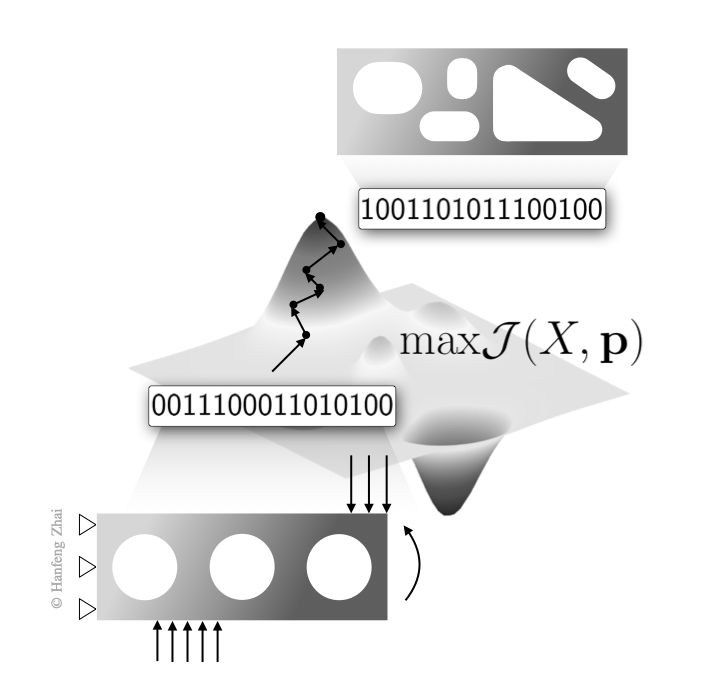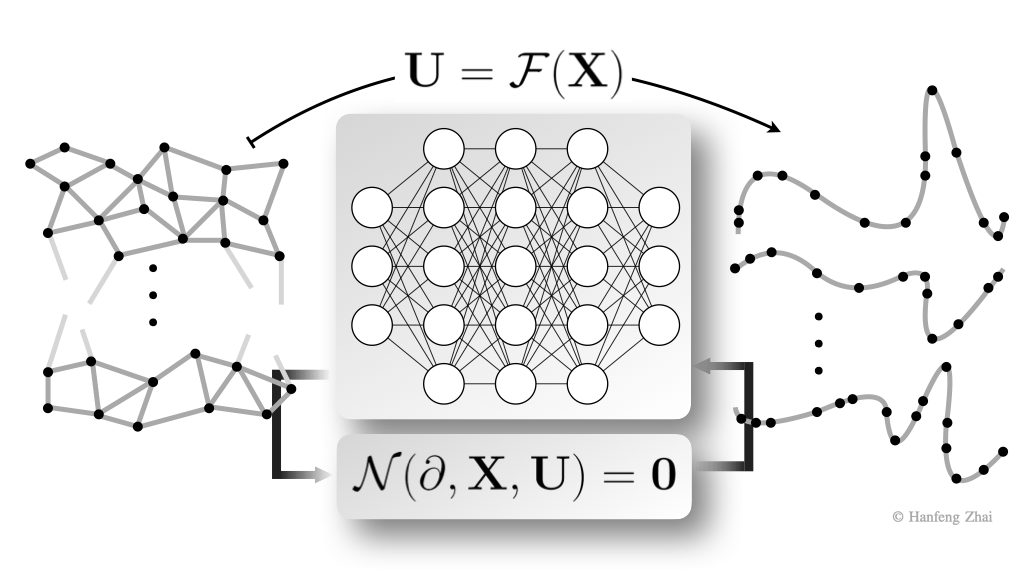As we go down in size, there are a number of interesting problems that arise. All things do not simply scale down in proportion.
There's Plenty of Room at the Bottom, Richard P. Feynman, 1959

A time-honored objective in engineering sciences is the theoretical and computational understanding of multiscale problems. As the world moves towards sustainability and biofriendly, multiscale computational modeling can greatly accelerate scientific research and industrial productions, e.g., faster drug discovery, efficient battery design, novel energy sources exploration, and systems and materials design. My research goal is to develop computational methods to better model and simulate multiscale engineering phenomena that can brings good for mechanical, materials and systems design with practical applications in energy, bioengineering, and manufacturing. My research briefly lies in the following three aspects, combined with selected works. (Research Statement)
Multiscale Computational Mechanics
 |
Model and compute materials multiphysics behavior, i.e., mechanical, chemical, thermal, and biological, from the multiscale perspective, using computational methods from density functional theory, molecular dynamics, discrete element method, to finite element methods, etc. Unveil hidden mechanisms of complex natural phenomena such as materials fatigue & fracture, multiphase fluids, etc. |
Recommended Reading:
H. Zhai, J. Yeo. Multiscale Mechanics of Thermal Gradient Coupled Graphene Fracture: A Molecular Dynamics Study. International Journal of Applied Mechanics (2023). DOI:10.1142/S1758825123500448; arXiv:2212.07897. [PDF]
H. Zhai, J. Yeo. Controlling biofilm transport with porous metamaterials designed with Bayesian learning. Journal of the Mechanical Behavior of Biomedical Materials (2023). DOI:10.1016/j.jmbbm.2023.106127; arXiv:2305.08574. [PDF]
Inverse Optimization for Materials Design
| Rapidly design and optimize materials and structures using computational optimization, mainly with metaheuristics, i.e., genetic algorithm, Bayesian optimization, simulated annealing, to resolve the large design space. Enabled or coupled with multiscale simulations, applied to designing antibiofilm nanosurfaces, energy generators, composites, and porous materials. |  |
Recommended Reading:
H. Zhai, J. Yeo. Computational design of antimicrobial active surfaces via automated Bayesian optimization. ACS Biomaterials Science & Engineering, 9, 1, 269–279 (2023). DOI:10.1021/acsbiomaterials.2c01079; arXiv:2209.00055. [PDF]
H. Zhai, H. Hao, J. Yeo. Benchmarking Inverse Optimization Algorithms for Materials Design. APL Materials, 12, 021107 (2024). DOI:10.1063/5.0177266; arXiv:2309.02646. [PDF]
- W. Hintlian, H. Zhai, M. Berg. Engineering Design of Thermo-Magnetic Generator using Multi-objective Genetic Algorithm. (2021). [PDF]
Data-Driven Modeling
 |
Employ advanced data science and statistical learning methods, i.e., neural networks, Gaussian process regression, operator learning, to accelerate, or optimize physical simulations and dynamics identification. Efficiently surrogate modeling, dynamics reconstruction, and scale-bridging, e.g., physics-informed deep learning, and machine learning potentials. |
Recommended Reading:
- H. Zhai, Q. Zhou, G. Hu. Predicting micro-bubble dynamics with semi-physics-informed deep learning. AIP Advances 12, 035153; (2022). DOI:10.1063/5.0079602; arXiv:2105.07179. [PDF]
H. Zhai, T. Sands. Controlling Chaos in Van Der Pol Dynamics Using Signal-Encoded Deep Learning. Mathematics 10, 453; (2022). DOI:10.3390/math10030453; arXiv:2112.14707. [PDF]
Wang, Shi, Li, Zhao, Zhai, Korani, & Yeo. Computational and data-driven modeling of solid polymer electrolytes. Digital Discovery (2023). DOI:10.1039/D3DD00078H. [PDF]
More fun stuff can be found in my notes.